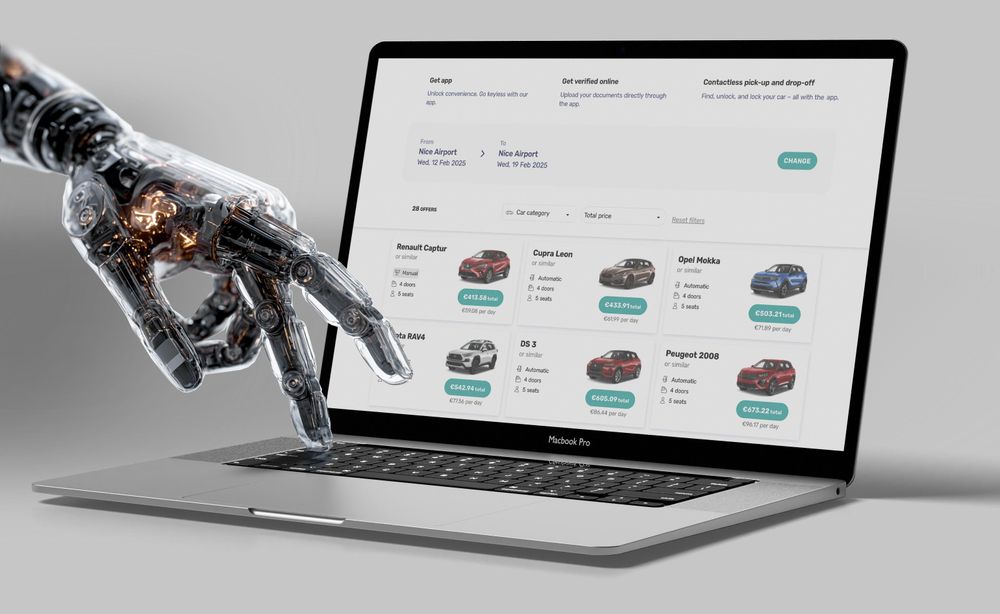A geofence is a virtual boundary set around a real-world location, defined using GPS, Wi-Fi, or cellular data. Using this geolocation information, a system can monitor a device’s position and trigger specific actions based on movement. It works by continuously comparing the device’s current location to the defined area. In effect, an invisible line is drawn on a map, and the application monitors for any movement across it. When a device crosses this boundary, it can automatically trigger an action, such as sending a notification, playing a sound, or launching a task.
There are two main ways to create a geofence. One is dynamic, using a radius around a specific location that adjusts based on context, such as the user’s position. The other uses fixed boundaries that already exist, such as country or state borders, or traffic zones.
At its core, geofencing bridges the digital and physical worlds by enabling software to respond to real-world location events, such as when an object reaches a specific destination. It relies on accurate, real-time location tracking and typically requires user consent to access device location. Geofencing is not a standalone technology; it builds on geolocation data and adds the logic needed to act when movement across defined geographic boundaries takes place.
Geofencing is widely used in mobility, logistics, or even marketing. For example, it can alert both the driver and the rental company if cross-border travel occurs, help control where rental e-scooters are permitted to operate, or notify a customer about a sale near their location.



